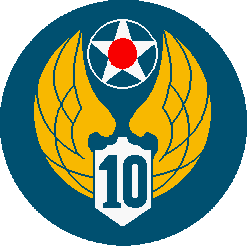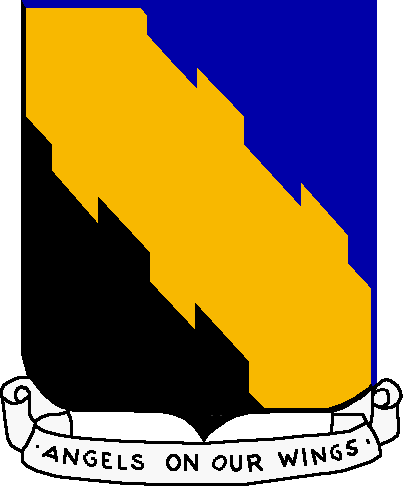 | 80th Fighter Group |  |
 | 80th Fighter Group |  |

�����The 80th was the first fighter group to be stationed in Burma since the Japanese ran out the famous Flying Tigers in 1942. The 80th fighter group was unmistakably a vital element in the victory in Burma. During its two years in combat, this group, which called itself the Burma Banshees, kept the supply lines open to China while clearing the way for Merrill's Marauders to sweep northern Burma clean of the Japanese.
�����The 80th Pursuit Group was born in the wake of Pearl Harbor shortly after America's entry into World War II. It was commissioned on January 13, 1942 along with dozens of other fighting units under a special order of Congress. Less than a month later, on February 9, 1942, the 80th was activated at Selfridge Field, Michigan, with the 88th, 89th, and 90th Pursuit Squadrons.
�����The first several months of the 80th's history were quite uneventful. Its ranks, almost totally enlisted, performed administrative and organizational functions while waiting for planes and pilots. During this period, on May 12, 1942, the Department of the Army changed the designation of the group and its squadrons from "pursuit" to "fighter."
�����In July of 1942, the pilots arrived and began training, first in the P-47 Thunderbolt and later in the Curtis P-40. By 1943 they were ready for combat. On May 10, the 80th shipped out of New York harbor headed for Karachi, India. From there the journey continued over land.
�����From September, 1943, until March, 1944, the 80th established its base of operations in the Assam Valley just outside of northern Burma. Since its main purpose was the defense of supply routes to China, the majority of missions flown were patrols in support of the cargo airlift over the "Hump" between Assam and Kunming, China. The 80th also provided offensive strikes in the Huwang Valley of northern Burma to protect allied engineers building the Ledo Road, a land supply route through the Burmese Jungle.
�����The official mission of the 80th Fighter Group was soon extended to include offensive strikes in northern Burma to prevent the establishment of enemy bases from which Allied airlift planes might be attacked. Therefore, in the months that followed, the group launched several attacks on Myitkyina Airdrome in an effort to reduce Japanese attacks on the Hump cargo planes. Myitkyina, the only all-weather strip in northern Burma, was the principal Japanese base for the defense of Burma from the north.
�����Japanese opposition was not the only enemy. In the dense jungles temperatures sometimes soared to 140� and the humidity hovered near 100
percent. Crews worked in swarms of beetles, flies, and gnats. At night, sleeping required the use of mosquito netting. Supplies came by ship from half way around the world and were nearly impossible to obtain. Finally, disease and fungi claimed more troops than opposing enemy fire.
�����By the time the 80th Fighter Group left Myitkyina it had compiled an impressive combat record. It launched 18,873 planes on 4,719 missions. Though its primary mission in Burma was the protection of the "Hump" cargo route, the group also played an important role in reopening the Ledo/Burma Road. The 80th destroyed more than 200 bridges and claimed 80 enemy planes destroyed in the air or on the ground.
�����By the spring of 1945, targets were becoming scarce as the war was drawing to a close. Shortly after the end of the war in September, the 80th returned to the United States and was deactivated on November 3, 1945.
| SQUADRONS |
88th Fighter Squadron |
89th Fighter Squadron |
90th Fighter Squadron |
459th Fighter Squadron |
Units |
Sections |
Links |
Library |
Submit |